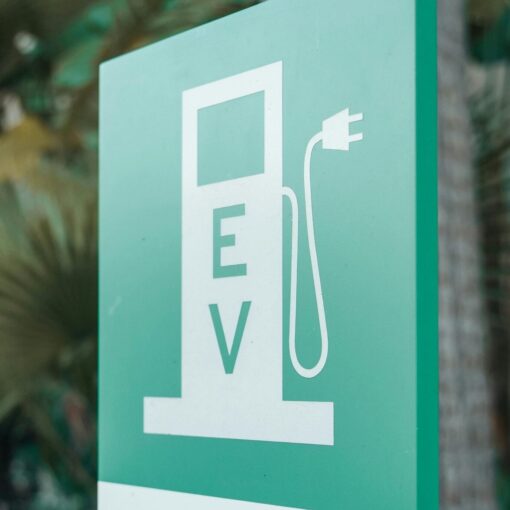by Fiona Kinniburgh
On June 10th, the International Energy Agency (IEA) released a World Energy Outlook Special Report, “Redrawing the Energy-Climate Map” in which they seek to bring climate change back to the forefront of policy agendas worldwide. The report proposes specific changes within the energy sector necessary to achieve emission levels that would “keep the door open to the 2° Celsius target through to 2020” without harming economic growth.
The report notes in its introduction that the world is “not on track to meet the target agreed by governments to limit the long-term rise in the average global temperature to 2° Celsius,” and therefore urges governments to enact four specific policies for its aptly-named “4-for-2° C Scenario.” The report emphasizes the need for the energy sector to address the risks implicit in climate change, both those posed by physical impacts on energy infrastructure and those that arise as a consequence of more drastic governmental action that will be adopted as emission reductions become imperative.
The four proposed measures are:
- Adopt specific energy efficiency measures (49% of the emissions savings).
- Limit the construction and use of the least-efficient coal-fired power plants (21%).
- Minimize methane emissions from upstream oil and gas production (18%).
- Accelerate the (partial) phase-out of subsidies to fossil-fuel consumption (12%).
The report emphasizes that immediate implementation of the suggested policies are in the best interest of both the policy makers and the energy sector, since delayed action would only increase the cost of investments and make the 2° Celsius target harder to achieve: “$1.5 trillion in low-carbon investments are avoided before 2020, but $5 trillion in additional investments would be required thereafter to get back on track.” This is primarily due to the fact that delaying action would take the world beyond the date at which “existing energy infrastructure locks-in the entire remaining carbon emissions budget to 2035. The result is that much more costly actions are required subsequently to undo the lock-in effect […].”
While the suggested policy measures will provide net benefits to the economy, “the financial implications of stronger climate policies are not uniform across the energy industry and corporate strategy will need to adjust accordingly.” The net economic benefits come from reduced spending on fuel bills that the report claims offset the required additional investment to 2020.
The report takes into account the urgency of the challenge, noting the low likelihood of political adoption of stringent climate policy given the state of the global economy. The measures are specifically designed not to harm national economic growth and to allow for rapid action: “Each of the measures selected can be readily implemented and does not require the use of new technologies with high upfront deployment costs that would require time to apply beyond niche markets (such as electric vehicles), nor major technological breakthroughs, nor radical changes in consumer behavior (except those induced by changing prices or increased availability of capital in certain sectors).”
The full report can be found here.


